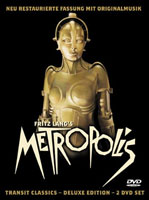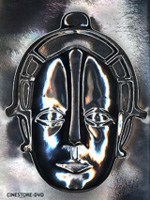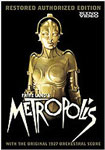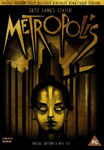
Metropolis
by Fritz Lang

Germany 1927










(click some posters to enlarge)
|
Director:
|
Fritz Lang | |
|
Producer:
|
Erich Pommer | |
|
Production Companies:
|
Universum Film A.G. (UFA), Berlin | |
|
Screenplay:
|
Thea von Harbou, Fritz Lang (uncredited) (based on the 1926 novel by Thea von Harbou) | |
|
Cinematographer:
|
Karl Freund, Günther Rittau (35 mm b/w spherical, 1.33:1) Assistants: Robert Baberske, H.O. Schulze |
|
|
Editor:
|
Fritz Lang | |
|
Music Score:
|
Gottfried Huppertz | |
|
Art Director:
|
Otto Hunte, Erich Kettelhut, Karl Vollbrecht | |
|
Set Designer:
|
Edgar G. Ulmer (uncredited), Walter Schulze-Mittendorf (sculptor) | |
|
Costumes:
|
Aenne Willkomm | |
|
Make-Up:
|
Otto Genath | |
|
Assistant Directors:
|
Slatan Dudow | |
|
Special Effects:
|
Ernst Kunstmann, Eugen Schüfftan (special visual combination effects); Konstantin Irmen-Tschet (special photography); Erich Kettelhut (technical advisor, matte painting); Günther Rittau, H.O. Schulze (special effects cinematography); Helmer Lerski (Schüfftan-photography) | |
|
Cast:
|
Brigitte Helm (Maria/Robot), Alfred Abel (Joh Fredersen), Gustav Fröhlich (Freder Fredersen), Heinrich George (Groth, the foreman), Rudolf Klein-Rogge (Rotwang, the inventor), Theodor Loos (Josaphat), Fritz Rasp (Slim), Erwin Biswanger (worker no. 11811), Olaf Storm (Jan), Hanns Leo Reich (Marinus), Heinrich Gotho (master of ceremonies), Margarete Lanner (woman in the car), Max Dietze, Georg John
|
|
|
Runtime:
|
The actual presentation in 1927 might have been at 25 frames per second (fps) (according to film restorer & historian Enno Patalas, the animation in Metropolis was shot at 25 fps and the score by Huppertz was composed for that speed) or even 28 fps (according to restorer Martin Koerber) depending on the source you are asking. Ironically, it was Koerber who suggested that 20 fps was the correct speed for the film, whereas the Murnau Foundation suggests 22 fps...
• Original Length: 9 reels, 4189 m = 183:44 min (20 frames per second/fps); 167:02 min (22 fps); 153:06 min (24 fps); 146:59 min (25 fps) |
|
|
Premiere:
|
10 January 1927 (Berlin, Ufa-Palast am Zoo); cut version: 5 August 1927; restored version: 15 February 2001 (Berlin International Film Festival, 2001) Filming Studios: Große Aufnahmehalle Ufa-Atelier Neubabelsberg, Film-Atelier Zeppelin-Halle Staaken-Spandau (Berlin), Ufa-Haus am Potsdamer Platz, Berlin-Rehberge Production Dates: 22 March 1926 -30 October 1926 Shooting Dates: 22 May 1925 -30 October 1926 Budget: 1,3 mill Reichsmark = 27 mill € Censorship data: Berlin 13 Nov 1926 (no. 14171) |
|
|
Awards:
|
New York Film Critics Circle Awards 2002 Special Award for the restoration
• Metropolis originally had a total length of 4189 meters, which corresponded to a total running time of 204 minutes (at 18 frames/second — 183 minutes if played at 20 frames/second), which was an outrageously long film by the standards of the day. Over his objections, Lang's film was shortened by the distributer, UFA, to 63 minutes for its American release. No original prints of the complete film exist, although there are several restored versions.
• In 1928, a year after its initial release and shortening, Lang put together a longer re-edit of the film, known as the '28 German version. • Another restored but shorter (87 minutes) version was re-released in 1984, featuring a soundtrack produced by Giorgio Moroder. This version is also color tinted, supposedly according to Fritz Lang's original vision (at least according to Moroder). • There was also a version put together by the East German Government around 1969, which is still seen on television in Germany and some of the other EU countries, which purports to have several of the "missing" scenes from the original film restored. This version runs 115 minutes when seen on TV (at 20 frames/ second). • The 1986/87 version prepared by the Filmmuseum Munich, restored by Enno Patalas according the original script, has the lost scenes replaced either with stills or titles, and has a total length of 3150 meters, or 138 minutes at 20 frames/ second. • "Between Dec. 2000 and Feb. 2001, Alpha-Omega digitally restored the famous 1927 silent film classic Metropolis on the behalf of rights-owner Friedrich-Wilhelm-Murnau-Stiftung, and the German federal filmarchive, Bundesarchiv Filmarchiv. Using state-of-the-art technology, countless fragments of original film, including most of the original camera negative, have been scanned at 2K film resolution and digitally restored by Alpha-Omega. The final data was printed back to 35mm by Centrimage, Laboratoire Neyrac Films, Paris. The result was first screened in 35mm at the 2001 Berlin Film Festival. Metropolis became the first full-length feature film in Europe to be restored using high-resolution digital restoration. But the task was far more difficult than a simple digital process: because the film no longer existed in its original premiere cut, it had to be reconstructed and scanned from separate surviving fragments of different Metropolis film prints collected from film archives all over the world. ... The final digital work for reel seven of Metropolis was completed by the end of March, 2001. With that, one of the most important film classics in history was restored in a form more faithful to the original script, and with a superior visual presentation unmatched since its original Berlin premiere on January 10, 1927." |
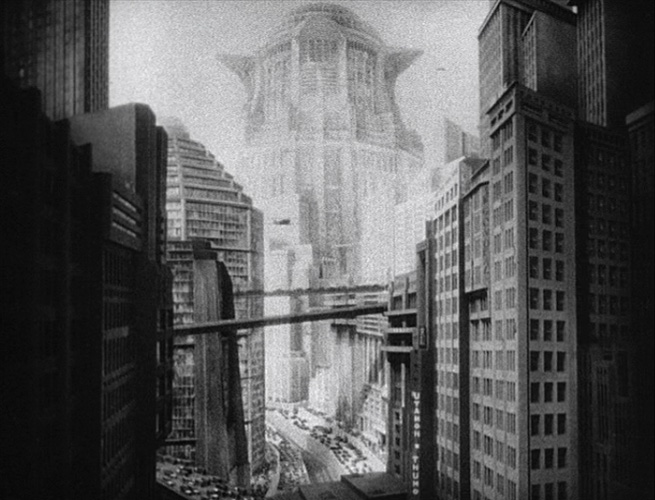
|
"Metropolis is not one film, Metropolis is two films joined by the belly, but with divergent, indeed extremely antagonistic, spiritual needs. Those who consider the cinema as a discreet teller of tales, will suffer a profound disillusion with Metropolis. Whait it tells us is trivial, pretentious, pedantic, hackneyed romanticism. But if we put before the story the plastic-photogenic basis of the film, then Metropolis will come up to any standards, will overwhelm us as the most marvelous picture book imaginable."
— Luis Buñuel: Metropolis. In: Great Film Directors. Edited by Leo Braudy, Morris Dickstein. New York 1978, p. 590 "... In its own time Metropolis was clearly more of an event than Kubrick's masterwork [2001] was in 1968 — an attempt to beat Hollywood at its own game that took well over a year to shoot, reportedly used up to 30,000 extras, and sabotaged the career of the most talented and prestigious producer of silent German cinema, Erich Pommer, who lost his job at UFA after the film went so far over budget it could never earn back its investment. The astonishing thing is that Metropolis seems much more relevant to current events than 2001, which assumed that the cold war would still be going on. Metropolis emphasizes not merely class divisions, but the emotional confusion underlying the creation of androids — also a major theme of A.I. Artificial Intelligence. 2001 dramatizes some of the same confusion, but the female robot in Metropolis, the false Maria, has much more in common with A.I.'s Gigolo Joe than she (or it) has with 2001's talking computer HAL (though someone ought to examine HAL's and Gigolo Joe's sexual ambiguities). "... The paralyzed collective mind seemed to be talking [in Metropolis] with unusual clarity in its sleep. This is more than a metaphor: owing to a fortunate combiantion of receptivity and confusion, Lang's scriptwriter, Thea von Harbou, was not only sensitive to all undercurrents of the time, but indiscriminately passed on whatever happened to haunt her imagination. Metropolis was so rich in subterranean content that, like contraband, had crossed the borders of consciousness without being questioned." "... To dectect the beauty of the light and shapes in Metropolis, as in many other German films, we need to go beneath the surface. ... To describe the mass of inhabitants in the underground town in Metropolis Lang used Expressionistic stylization to great effect: impersonal, hunched, servile, spiritless, servile beings dressed in costumes of no known historical period ... In Metropolis, as in all his films, Lang handles lighting admirably: the futuristic city appears as a superb pyramidal accumulation of shimmering sky-scrapers. By means of trick shots and hyper-elaborate lighting, illuminated windows and stretches of dark wall stand out like the white and black squares of a chess-board; the light seems to explode, spreading a luminous mist, falling as iridiscent rain. ... Light can even create the impression of sound: the scream of the factory whistle is represented by a shriek of light from four spotlights." "... Einige Kühnheiten, die am Anfang der Erfindung von Metropolis standen, nahm Lang schon im Drehbuch wieder zurück. 'Ich habe in meinem Leben in so viele Dinge hineingerochen, so auch in die Magie. Frau von Harbou und ich hatten in das Drehbuch zu Metropolis einen Kampf zwischen moderner Wissenschaft und Okkultismus, der Wissenschaft des Mittelalterst hineingeschrieben. Der Magier war das Böse hinter allen Geschehnissen: in einer Szene stürzten die Brücken ein, sie waren Flammen, und aus einer gotischen Kathedrale kamen all diese Geister und Gespenster und Ungeheuer. Ich sagte: Nein, das geht unmöglich. Heute würde ichs machen, aber damals hatte ich nicht den Mut. Nach und nach schnitten wir die ganze Magie heraus, und vielleicht hatte ich deshalb den Eindruck, daß Metropolis zusammengeflickt ist ... Die Hauptthese war von Frau von Harbou, aber ich bin wenigstens zu fünfzig Prozent verantwortlich, weil ich den Film gemacht habe. Ich war damals nicht so politisch bewußt wie ich es heute bin. Man kann keinen gesellschaftlich bewußten Film machen, indem man sagt, der Mittler zwischen Hand und Hirn sei das Herz - ich meine, das ist ein Märchen - wirklich. Aber ich interessierte mich für Maschinen.' Metropolis (1926) - Deutsche Filmgeschichte by Thomas Staedeli |
Transit-Universum Film PAL Region 2 vs. Film sans Frontières PAL Region 2
|
|
|||
|
Distribution:
|
Transit Classics / Universum Film / Black Hill Region 2 (EU, Germany) 2 DVD-Set |
Films sans Frontières Region 2 (EU, France) |
|
|
Runtime:
|
118:32 min (PAL 25 frames/sec) | 115:16 min (PAL 25 frames/sec) | |
|
Video:
|
1.32:1/4:3 Windowboxed FullScreen Average Bitrate: 6.75 mb/s, 6.95 GB PAL 720x576 25.00 f/s |
1.33:1/4:3 FullScreen Average Bitrate: 5.50 mb/s, 4.29 GB PAL 720x576 25.00 f/s |
|
|
Audio:
|
• Musical Score Dolby Digital 5.1 Surround by Gottfried Huppertz (448 kbps) • Musical Score Dolby Digital 2.0 Mono by Gottfried Huppertz (224 kbps) • Audio Commentary by Enno Patalas in Deutsch or in English |
• Musical Score Dolby Digital 2.0 Surround by Galeshka Moravioff (1994) | |
|
Subtitles:
|
Cardboard intertitles: Deutsch Subtitles: Deutsch, English, Français, Español, Italiano (all removable) |
Cardboard intertitles: Deutsch Subtitles: Français (removable) |
|
|
Features:
|
Disc 1: • Audio Commentary by Enno Patalas (optional in Deutsch or English) Disc 2: • The Metropolis Case (Documentary by Enno Patalas and Stefan Bitterhoff, 43:12 min, 4:3, optional in Deutsch or English DD 2.0, optional subtitled in Deutsch, English, Français, Español, Italiano) • The Digital Restoration (Documentary by Martin Körber/Alpha-Omega, 08:49 min, 4:3, Deutsch DD 2.0, optional subtitled in Deutsch, English, Français, Español, Italiano) • 5 Photo Galleries: 'The Making of Metropolis' with production stills; missing scenes, architectural sketches, costume designs, poster • 13 Cast&Crew Biographies - Fritz Lang, Thea von Harbou, Erich Pommer, Karl Freund, Gunther Rittau, Otto Hunte, Erich Kettelhut, Gottfried Huppert, Brigitte Helm, Gustav Frohlich, Rudolf Klein-Rogge, Alfred Abel, Heinrich George • Metropolis "facts & dates" |
Side A: • Production Notes • Biography Brigitte Helm Side B: • 8mm Home Movies by Fritz Lang (1.33:1, Color, 100:59 min, 5.76 mb/s) |
|
| DVD Release Date: 7 April 2003 Digipak Case Chapters: 33 DVD Encoding: PAL Region 2 (EU, Germany) 1xSS-DL/DVD-9 (Film), 1xSS-SL/DVD-5 (Extras) (7.78 GB+3.19 GB) |
DVD Release Date: 1 September 1999 Custom Case Chapters: 13 DVD Encoding: PAL Region 2 (EU, France) DS-SL/DVD-10 (4.63 GB+4.78 GB) |
||
|
Also available in a PAL-to-NTSC conversion transfer (23.98 f/s) as a single DVD-9 from Kino on Video in North America:
"... In all fairness I should stress that the Kino edition is good and acceptable; but, with 210 minutes worth of weight put on one dual layered disc instead of being split onto two dual layered discs (the way Metropolis is presented in Europe) the difference has to show somewhere, provided the European editions were not screwed up, which they were not. The Region 1 by Kino was mastered by the same company (Imagicon) as the European editions; and it was Kino that insisted on a single Dual Layered disc. Compared to the European Editions, the Kino disc shows good resolution and detail, very good, detailed grey scale and excellent density, being based on the 2K restored print, which only occasionally reveals the use of material very noticeably different to the splendid negative. ... The similarities end between the DVD issues in the U.S. by Kino and those in Europe (Eureka and Ufa, respectively) when it comes to artefacts, and true representation of the prints' speed - the former was affected because the restoration of the English intertitles was done on high resolution video in PAL, and it was decided that the master would be converted to NTSC (from 25 fps PAL) rather than restoring everything to film and then transfer it back for the DVD mastering process. This also affects the music (going slightly slower) and you can see slight problems in sharpness and detail, as some frames overlap to merge into one. Also, there are some static noise patterns forming whenever the film elements are grainy. This is due to the limited disc capacity - as the feature had to be more compressed in order to get the extras onto the single disc. In essence, the decision by Kino was unfortunate. It is a good to very good release, but it could have been perfect. The Pal release by both Eureka in the U.K. and UFA in Germany is quite different: METROPOLIS is one of the few films actually being of the same projection speed as the TV standard PAL (25fps). This offers the tremendous opportunity to do everything right - the speed, the music, the quality without compromises due to speed differentials such as a conversion process. Disc One with the feature is an excellent presentation with almost entirely flawless results in compression and transfer of elements. Density is breathtaking, especially keeping in mind the dreadful releases in the past. Here, on the European release, there are no signs of artefacts, and the image is sharp and crisp benefiting from a much higher resolution as well as far higher detail. ..."
— DVDScan-LaserExaminer |
|
Comment:
|
Before the release of the 2001 restauration, the 1987 restauration on Film-sans-Frontières was by far the best version of Metropolis on DVD, surpassing all the crappy cheap-transfer DVDs by Madacy et al.
But a side-by-side comparision shows how much better the 2001 restauration on DVD looks, with incredible greyscale, detail, definition and without any visible artifacts on the Transit Classics transfer which has to be called stellar. The advantages of this Transit German R2 PAL release over the US (Kino) and English (Eureka) versions of the same transfer are the following: • Subtitles in English and in 3 other languages are available • The cardboard intertitles are in the original German language (for purists, this is a major point) and can be optionally subtitled • Transit (and Eureka in the UK) do have a higher bitrate and better compression because of the 2-DVD-set (see the review above) • Transit (and Eureka in the UK) show the film at the supposedly correct 25 fps speed, which is identical to PAL |
Frame 1: Menu
(Transit-Universum Film PAL Region 2 left vs. Film sans Frontières PAL Region 2 right)
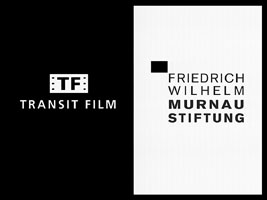 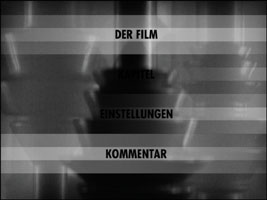 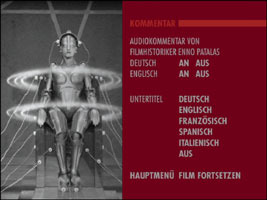 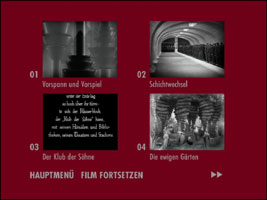 |
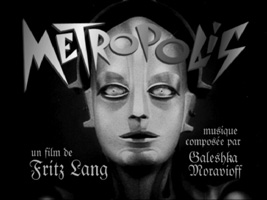 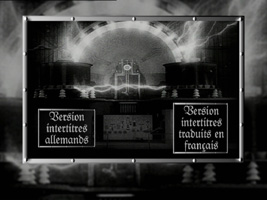 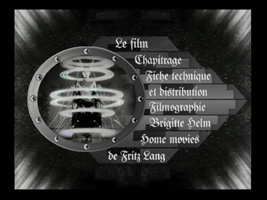 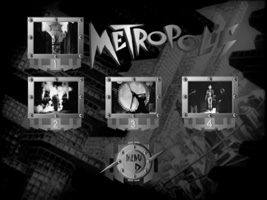 |
Frame 2
(Transit-Universum Film PAL Region 2 top vs. Film sans Frontières PAL Region 2 bottom)
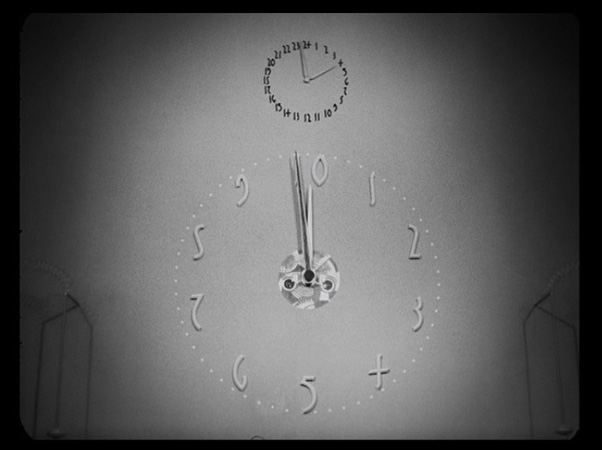 |
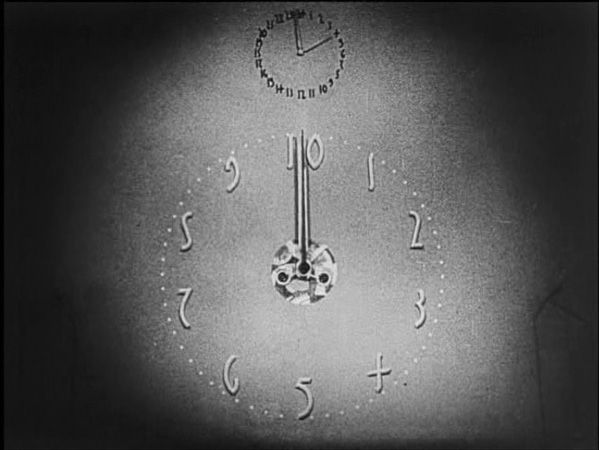 |
Frame 3
(Transit-Universum Film PAL Region 2 top vs. Film sans Frontières PAL Region 2 bottom)
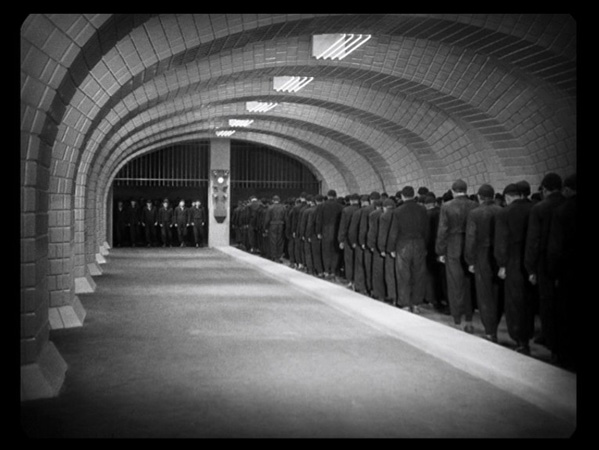 |
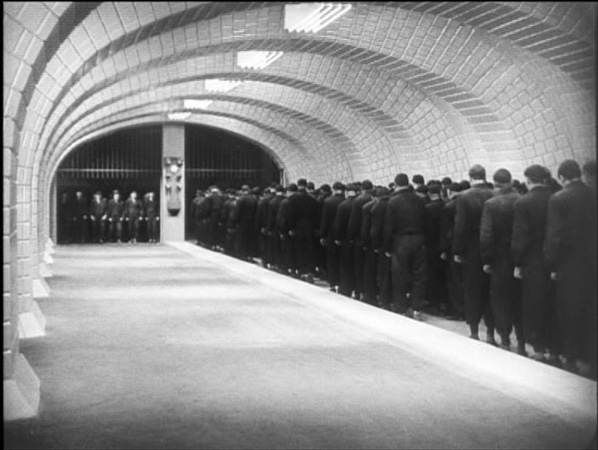 |
Frame 4: Original Frame Sizes
(Transit-Universum Film PAL 720x576 Region 2 top vs. Film sans Frontières PAL 720x576 Region 2 bottom)
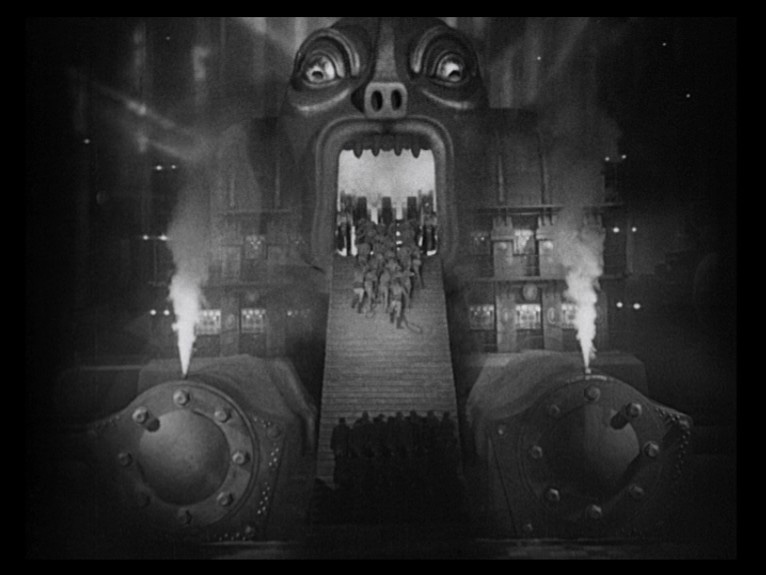 |
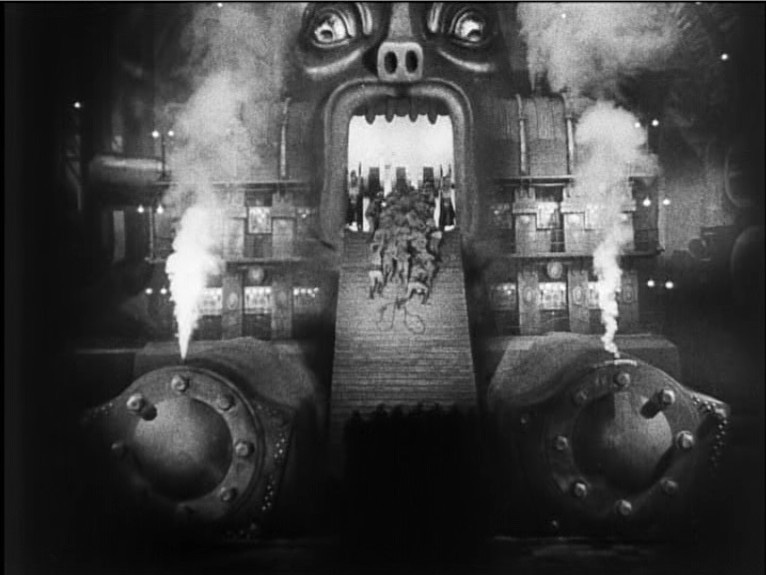 |
Frame 5
(Transit-Universum Film PAL Region 2 top vs. Film sans Frontières PAL Region 2 bottom)
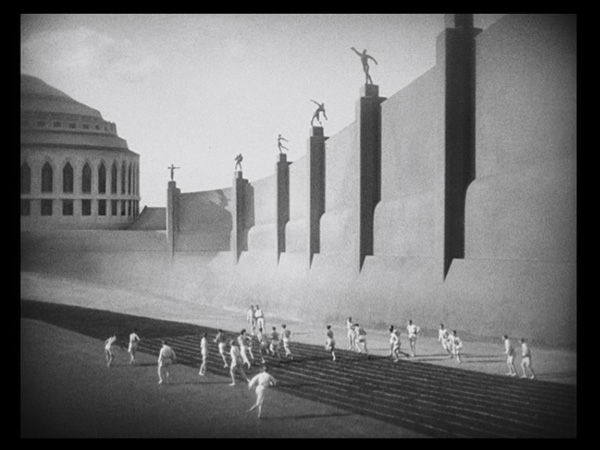 |
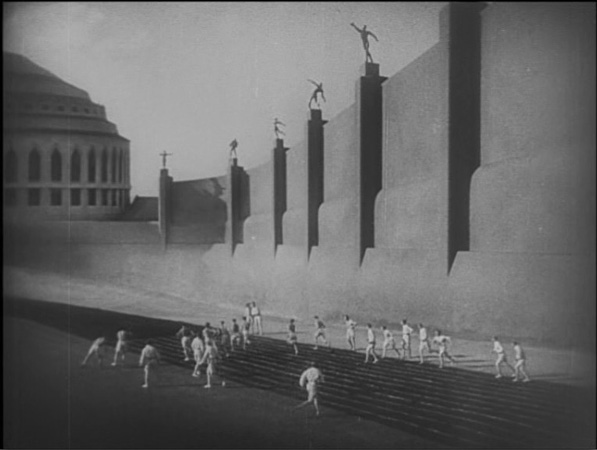 |
Frame 6
(Transit-Universum Film PAL Region 2 top vs. Film sans Frontières PAL Region 2 bottom)
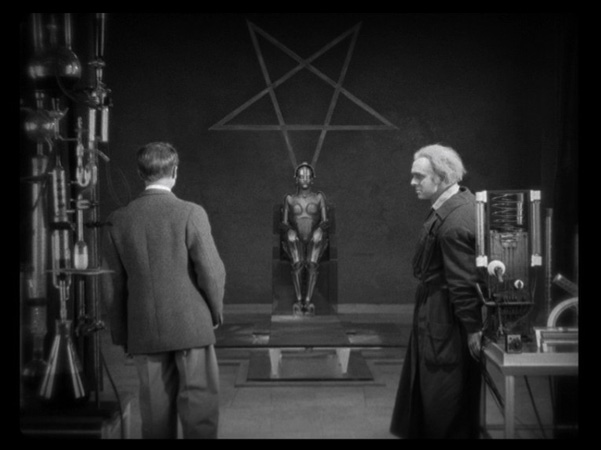 |
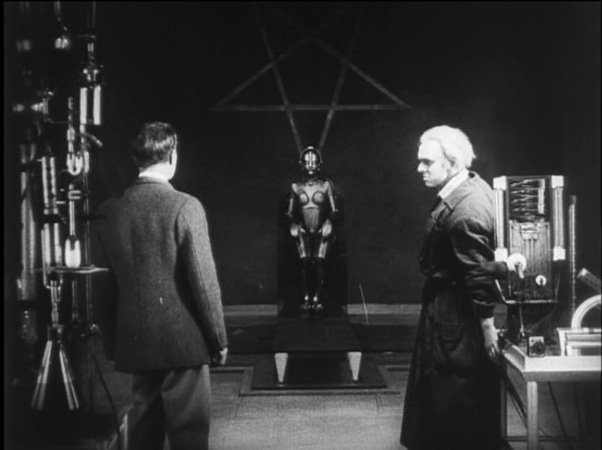 |
Frame 7
(Transit-Universum Film PAL Region 2 top vs. Film sans Frontières PAL Region 2 bottom)
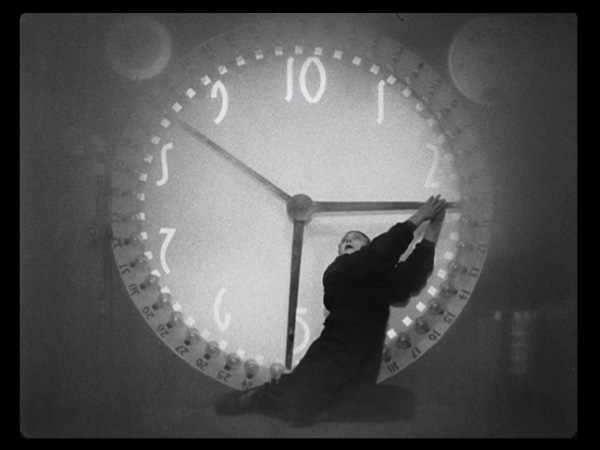 |
 |
Frame 8
(Transit-Universum Film PAL Region 2 top vs. Film sans Frontières PAL Region 2 bottom)
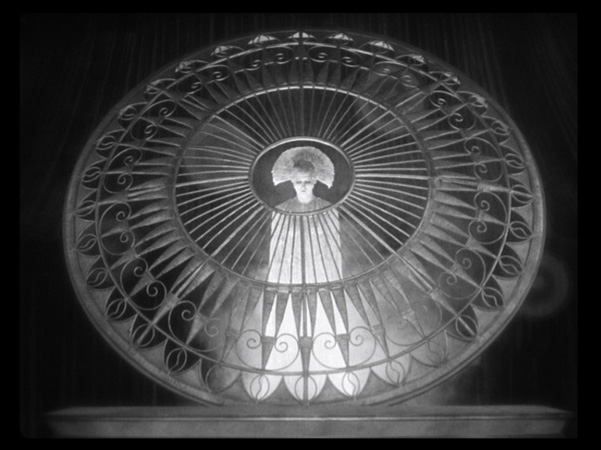 |
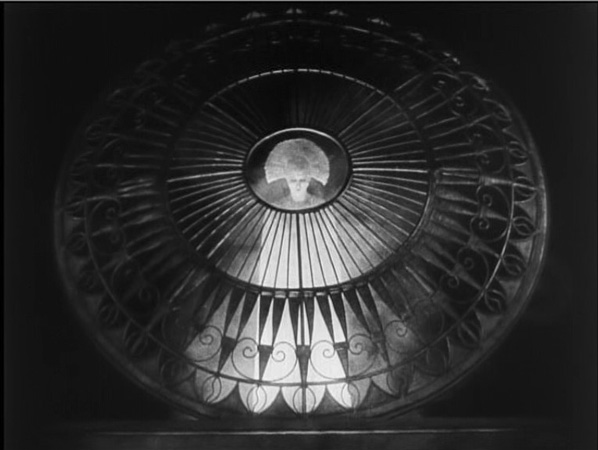 |
Frame 9
(Transit-Universum Film PAL Region 2 top vs. Film sans Frontières PAL Region 2 bottom)
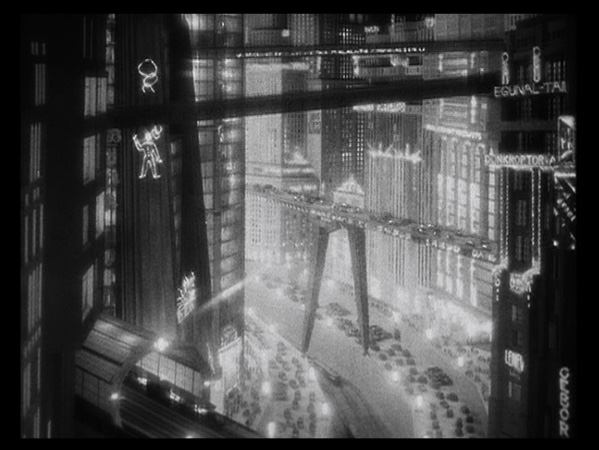 |
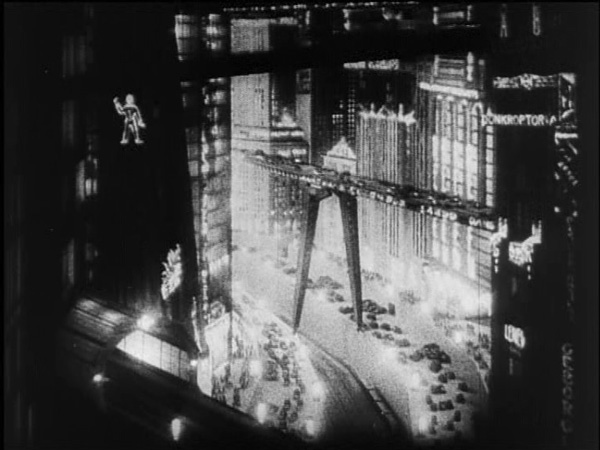 |
Frame 10
(Transit-Universum Film PAL Region 2 top vs. Film sans Frontières PAL Region 2 bottom)
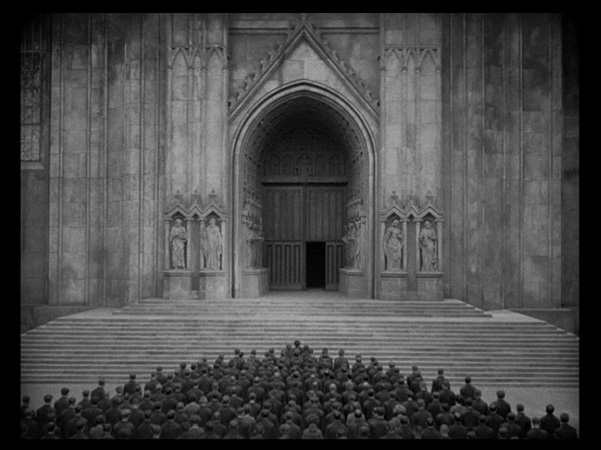 |
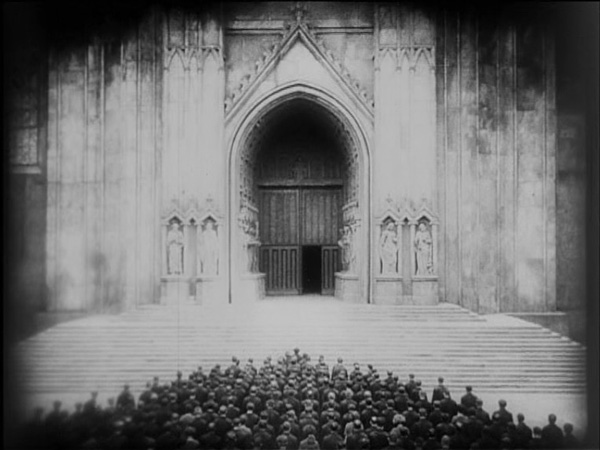 |
Average Bitrate Transit-Universum Film PAL R2:
7.59 mb/s

Average Bitrate Film sans Frontières PAL R2:
5.50 mb/s

The Vertical axis represents the bits transferred per second. The Horizontal is the time in minutes
|
This is a strictly non-professional and non-commercial DVD review. Don't expect industry reference work! All ChiaroScuro captures are taken under MacOS X.2 using VideoLAN and Snapz ProX. For further methodological remarks see DVDBeaver (click on "Methodology"): "We are not a lab and are doing a good a job as our time and energy permits. Thank you for understanding." |
